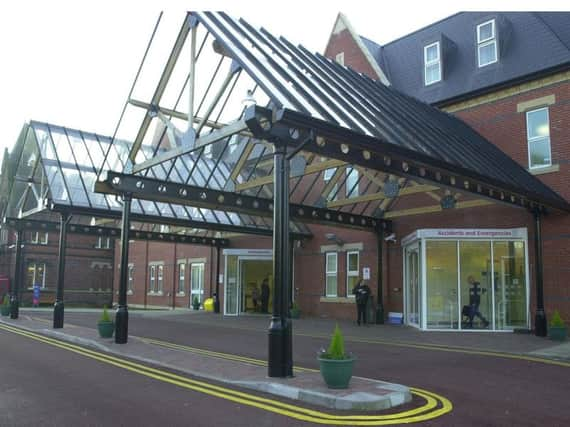The Wigan A&E patients who keep coming back ...


Unplanned re-attendances are one of five ways hospitals measure the quality of patient care at A&E departments.
The British Medical Association says rising rates indicate a lack of resources for dealing with patients before they get to the point of needing urgent care.
Advertisement
Hide AdAdvertisement
Hide AdNHS Digital data shows that Wrightington, Wigan and Leigh NHS Trust saw patients arrive at A&E on 8,375 times in June.
But 645 of these were unexpected follow-up visits, made by patients within seven days of their first appearance – around eight per cent.
The total excludes planned follow-ups and those for which the exact nature of the visit is unknown.
Dr Simon Walsh, emergency medical lead at the British Medical Association, said: “Higher re-attendance rates are indicative of wider pressures on the entire health service, as the lack of staff and beds, alongside capacity issues within primary and community care services, can lead to a surge in demand for urgent care.
Advertisement
Hide AdAdvertisement
Hide Ad“We need to see investment and resources reach the frontline to alleviate pressure on services, and ensure that patients can get the care they need at the time they need.”
Across England, around 1.7 million A&E visits were recorded in June. Of these, about 139,000 were unplanned follow-ups within a week of a patient’s first attendance – around eight per cent.
This was the highest rate of unplanned re-attendances in June since comparable records began in 2013.
WWL chief operating officer Mary Fleming said: “Wrightington, Wigan and Leigh NHS Foundation Trust continues to work in partnership with colleagues across the borough to reduce unplanned follow-up attendances to A&E.
Advertisement
Hide AdAdvertisement
Hide Ad“Some of the investments made by the Healthier Wigan Partnership strategy look at a more holistic management of patient care.
“One example of such is using Skype technology for care homes used to support people in their own home. We also have a Community Response
Team, a single point of access providing a direct link between doctors, nurses and service users, which in turn, improves access at key times and provides a potential alternative to A&E.”
An NHS spokesperson said the figures are hard to interpret because they do not show whether re-visits are related to the reason a patient first went to A&E.
They added: “As the population ages, you’d expect to see more A&E visits.”